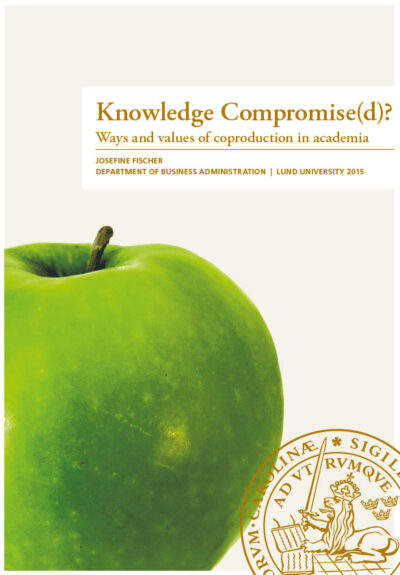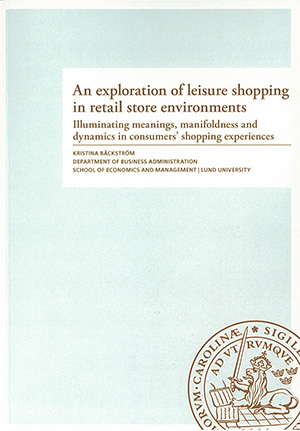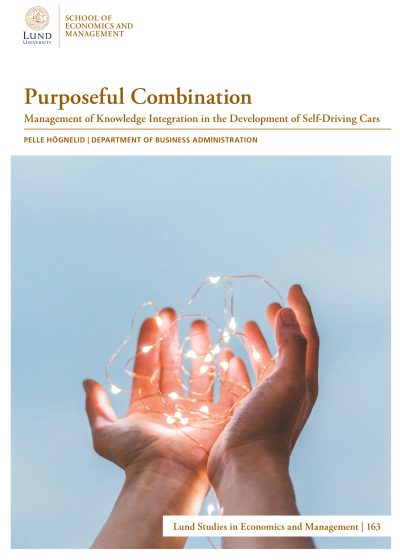Normalizing the Natural
A study of menstrual product destigmatization
Louise Klintner
282 kr
Beskrivning
In this thesis, I develop our understanding of the destigmatization process to include product destigmatization. Previous research on destigmatization has primarily focused on that of individuals, groups, organizations, and industries. However, there is an abundance of empirical evidence showing that a product stigma has a significant bearing on market logics, including legal classification of products, marketing challenges, as well as a lack of innovation and entrepreneurship. Around 300 million people menstruate on any given day around the world, yet the market for menstrual products consists predominantly of homogeneous products that have been around since the late 1800s or early 1900s. Simultaneously, there is a surprising lack of regulations and standards, in particular on a global level, ensuring a widespread safety for so many users around the world. Other products used on or intimately with the body are generally heavily regulated and/or standardized. In a pilot study investigating these seemingly contradicting notions, I found that one of the most fundamental reasons for the status quo is grounded in the stigma on menstruation and menstrual products.
Through a multi-method approach, combining aspects of case research, action research, and document studies, I examined the menstrual product field from a synthesis of theory including stigma, destigmatization, and neo-institutional. I developed a framework through which product destigmatization can be understood. Therein, I emphasize three primary mechanisms driving product destigmatization, and how they act on all three levels of society. The mechanisms comprise reclassifying, framing, and claiming agency.
My main contributions are threefold. First, I deliver a comprehensive study on destigmatization that includes different dynamics and levels, which has not been done previously, in particular regarding menstrual products. Secondly, I find that in contrast to what previous research demonstrates, destigmatization processes do not only occur from the top-down, but also through bottom-up initiatives. Finally, I advance our understanding of the role of organizations, including entrepreneurs, and their innovative capacities to affect institutional change.
Ytterligare information
| Vikt | 580 g |
|---|---|
| Storlek | 18 × 155 × 220 mm |
| Språk | Engelska |
| Antal sidor | 308 |
| Publikationsår | 2021 |
| Bandtyp | Häftad |
| ISBN | 978-91-7895-779-8 |
| ISSN | 1652-8220 |
| Volym | 150 |





